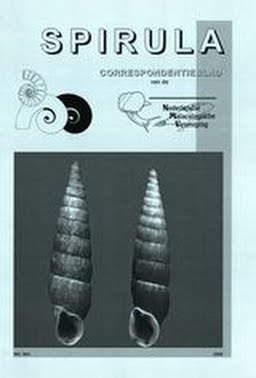2002
Iets over parelvorming in Levantina en de vondst van een exemplaar van Helix engaddensis met een wratparel
Publication
Publication
Correspondentieblad NMV , Volume 324 - Issue 1 p. 12- 12
Pearlformation occurs most probable more often in Levantina than in Helix, due to the fact that parts of the non-calcareous epiphragm remains usually adhered to the inner wall after breaking the aestivation. Although most of it is absorbed by the snail’s body, some large and sharp pieces may trigger blisterpearlformation. A blisterpearl in Helix engaddensis is described.
| Additional Metadata | |
|---|---|
| Correspondentieblad NMV | |
| CC BY-NC 4.0 NL ("Naamsvermelding-NietCommercieel") | |
| Organisation | Nederlandse Malacologische Vereniging |
|
H.K. Mienis. (2002). Iets over parelvorming in Levantina en de vondst van een exemplaar van Helix engaddensis met een wratparel. Correspondentieblad NMV, 324(1), 12–12. |
|
